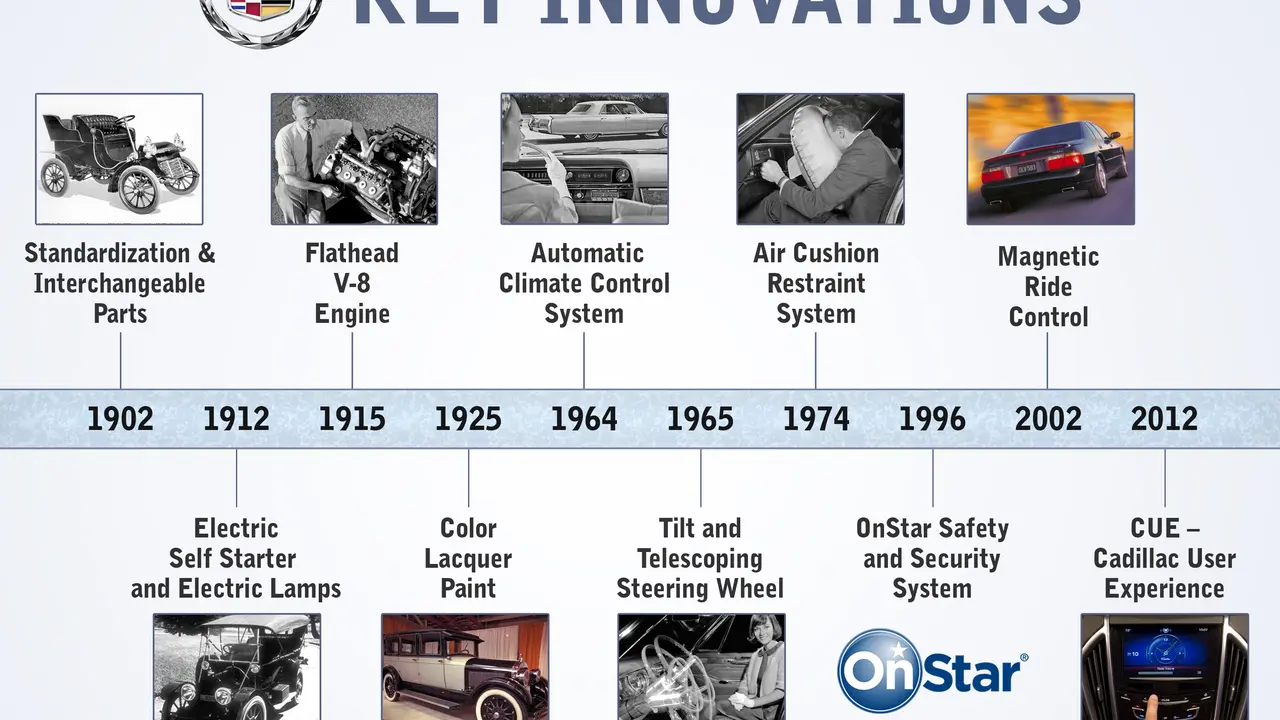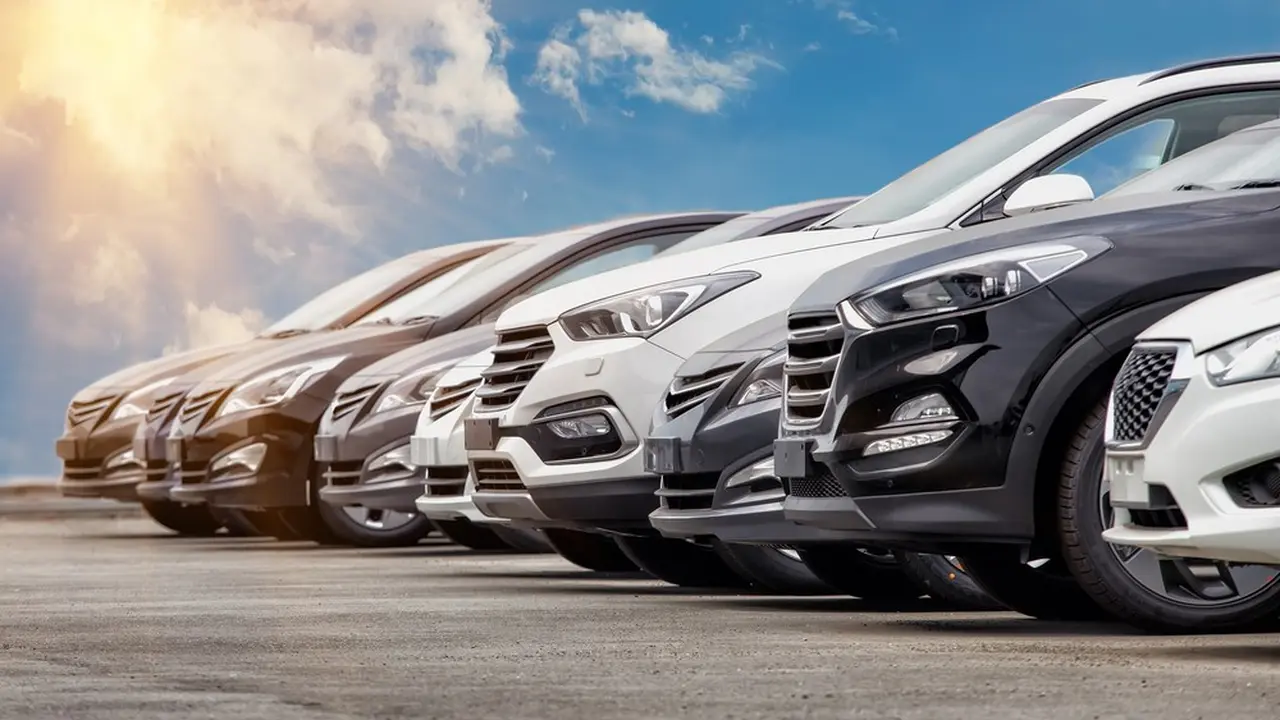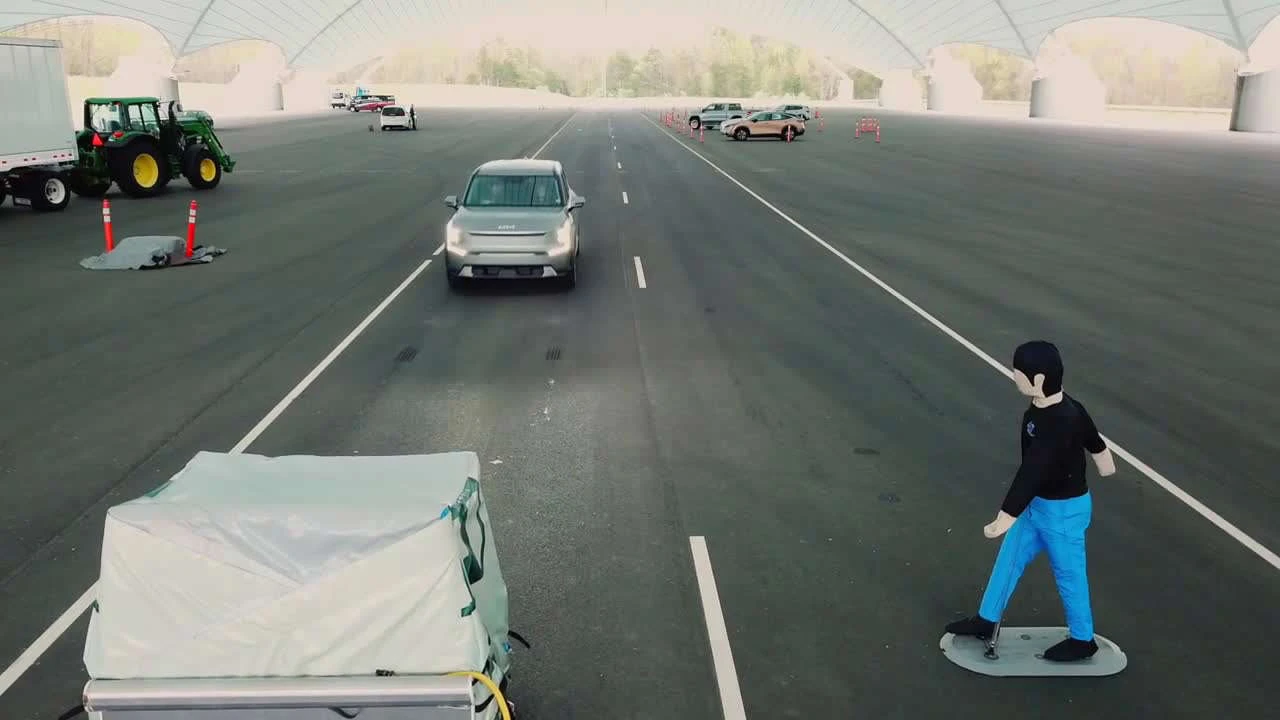The Evolution of Vehicle Safety Technology: A Historical Perspective

Early Days Mechanical Brakes and Basic Lighting
Okay, so let's rewind a bit. Think about the earliest cars. Safety wasn't exactly top of mind. You had mechanical brakes, which were... well, let's just say they weren't exactly confidence-inspiring. And lighting? Barely there. It was more about being seen than actually seeing. Early headlights were often acetylene or oil lamps – charming, sure, but not exactly illuminating the road ahead like modern LEDs. The focus was primarily on getting the darn thing to *move* rather than how to stop it efficiently or avoid hitting something. Imagine trying to navigate a foggy night with those! No anti-lock brakes, no traction control, no airbags... just you, the open road, and a whole lot of faith. The steering mechanism was also quite basic, often requiring significant physical effort, especially at low speeds. The suspension systems were rudimentary, leading to bumpy and often uncomfortable rides. All these factors combined meant that driving in the early days of automobiles was a far more perilous endeavor than it is today.
The Rise of Hydraulics and Improved Visibility
Fast forward a few decades. Hydraulic brakes started showing up, and suddenly, stopping became a *little* less terrifying. We also started seeing better headlights – sealed beam headlights, for example, offered improved and more consistent illumination. Windshield wipers became standard, which, you know, is kind of important for seeing where you're going in the rain. Think about it: before windshield wipers, driving in the rain meant constantly sticking your head out the window like a dog. Not ideal. This era also saw the introduction of turn signals, initially mechanical arms that would swing out to indicate direction. While rudimentary, they were a significant improvement over hand signals. These advancements, while seemingly small, represented a significant step forward in making driving safer and more convenient. The focus shifted from simply making cars move to making them move more reliably and with a greater degree of control.
Seatbelts and the Dawn of Passive Safety
Then came seatbelts. Initially, they were lap belts only, but hey, it was a start. The idea was simple: keep you inside the car in a crash. Sounds obvious now, but back then, it was a revolutionary concept. People were resistant to wearing them! Imagine that! "It's uncomfortable!" "It's restrictive!" But studies started showing they saved lives, and eventually, they became mandatory. This era also saw the development of padded dashboards and collapsible steering columns, all designed to reduce injury in the event of a collision. These features represented a shift towards prioritizing occupant safety and minimizing the potential for harm in a crash. The understanding of crash dynamics and the forces involved in a collision began to inform the design of vehicles, leading to safer and more survivable cars.
Airbags and Anti-Lock Brakes: Active Safety Enters the Scene
Now we're talking! Airbags. These inflatable cushions of safety started appearing in the late 20th century and completely changed the game. Suddenly, you had a soft landing in a frontal collision. And anti-lock brakes (ABS)? Game-changer. No more locking up the wheels and skidding uncontrollably. ABS allowed drivers to maintain steering control during emergency braking, preventing accidents. These technologies were groundbreaking because they actively intervened to prevent or mitigate the severity of a crash. They weren't just passive safety features like seatbelts; they actively worked to help drivers avoid accidents in the first place. The integration of electronics into vehicle safety systems marked a significant turning point in automotive safety technology.
Electronic Stability Control and Traction Control: Keeping You on Track
Electronic Stability Control (ESC) is like having a superhero co-pilot. It senses when your car is starting to skid and automatically applies brakes to individual wheels to keep you on course. Traction Control (TCS) prevents wheel spin during acceleration, especially on slippery surfaces. Together, these systems dramatically improve vehicle stability and control, especially in challenging driving conditions. Think about driving on ice or snow – ESC and TCS can be the difference between staying on the road and ending up in a ditch. These systems rely on sophisticated sensors and algorithms to constantly monitor vehicle dynamics and intervene when necessary, making driving safer and more predictable.
Advanced Driver-Assistance Systems (ADAS): The Future is Now
This is where things get really interesting. ADAS encompasses a whole suite of technologies designed to assist drivers and prevent accidents. We're talking about:
- Adaptive Cruise Control (ACC): Maintains a safe following distance from the car ahead. It'll even slow down or stop if necessary.
- Lane Departure Warning (LDW) and Lane Keeping Assist (LKA): Alerts you if you're drifting out of your lane and can even gently steer you back in.
- Blind Spot Monitoring (BSM): Alerts you to vehicles in your blind spots.
- Automatic Emergency Braking (AEB): Applies the brakes automatically if it detects an imminent collision.
- Rear Cross-Traffic Alert (RCTA): Warns you of approaching vehicles when you're backing out of a parking space.
ADAS is rapidly evolving, and we're seeing more and more of these features becoming standard on new vehicles. These systems use a combination of cameras, radar, and lidar to perceive the environment around the vehicle and provide assistance to the driver. The goal is to reduce driver workload, improve situational awareness, and ultimately prevent accidents.
Product Recommendations and Comparisons: ADAS in Action
Okay, let's talk specifics. Here are a few examples of ADAS systems in action, along with product recommendations and comparisons:
Subaru EyeSight: A Comprehensive ADAS Suite
Subaru's EyeSight system is a well-regarded ADAS suite that includes ACC, AEB, LDW, and LKA. It uses two cameras mounted near the rearview mirror to provide a stereoscopic view of the road ahead. Use Case: Excellent for everyday driving, especially on highways and in stop-and-go traffic. The ACC is smooth and responsive, and the AEB provides a good level of reassurance. Comparison: EyeSight is generally considered to be more refined than some of the earlier ADAS systems from other manufacturers. It's also known for its reliability and accuracy. Price: EyeSight is typically included as standard equipment on many Subaru models, so you don't necessarily pay extra for it. However, the specific features included in the EyeSight suite may vary depending on the trim level.
Tesla Autopilot: Advanced but Requires Supervision
Tesla Autopilot is one of the most advanced ADAS systems available, offering features like lane centering, traffic-aware cruise control, and automatic lane changes. It uses a combination of cameras, radar, and ultrasonic sensors to perceive its surroundings. Use Case: Autopilot is particularly useful for long highway drives, as it can significantly reduce driver fatigue. However, it's important to remember that Autopilot is *not* a self-driving system and requires constant driver supervision. Comparison: Autopilot is more capable than most other ADAS systems in terms of automation, but it's also more expensive and requires more driver attention. It has also faced scrutiny regarding its safety record. Price: Autopilot is typically an optional extra on Tesla vehicles, costing several thousand dollars. Full Self-Driving Capability (FSD), which is even more advanced but still not fully autonomous, is an even more expensive option.
Volvo Pilot Assist: Focus on Comfort and Safety
Volvo Pilot Assist is another excellent ADAS system that focuses on providing a comfortable and safe driving experience. It includes ACC, LKA, and blind spot monitoring. Use Case: Pilot Assist is particularly well-suited for highway driving, where it can help to reduce driver workload and maintain a safe following distance. It's also known for its smooth and natural steering assistance. Comparison: Pilot Assist is generally considered to be more conservative than Tesla Autopilot, prioritizing safety and comfort over aggressive automation. It's also known for its robust build quality and reliability. Price: Pilot Assist is typically included as standard equipment on many Volvo models, or it may be available as part of an optional package. The exact cost will vary depending on the specific model and trim level.
The Future of Crash Avoidance: Autonomous Driving and Beyond
Looking ahead, the future of crash avoidance is inextricably linked to the development of autonomous driving technology. Self-driving cars promise to eliminate human error, which is the leading cause of accidents. However, there are still many challenges to overcome before fully autonomous vehicles become a reality. These challenges include:
- Technological Challenges: Developing robust and reliable sensors, algorithms, and software that can handle all driving scenarios.
- Regulatory Challenges: Establishing clear and consistent regulations for autonomous vehicles.
- Ethical Challenges: Addressing ethical dilemmas related to autonomous driving, such as how to program a self-driving car to respond in a unavoidable crash situation.
- Social Challenges: Gaining public trust and acceptance of autonomous vehicles.
Despite these challenges, the potential benefits of autonomous driving are enormous. In addition to reducing accidents, self-driving cars could also improve traffic flow, reduce congestion, and provide mobility to people who are unable to drive themselves.
Connectivity and V2X Communication: Cars Talking to Each Other
Another key trend in crash avoidance is the increasing connectivity of vehicles. Vehicle-to-Everything (V2X) communication allows cars to communicate with each other, as well as with infrastructure such as traffic lights and road signs. This can enable a variety of safety applications, such as:
- Cooperative Adaptive Cruise Control (CACC): Allows vehicles to maintain a closer following distance in platoons, improving traffic flow and fuel efficiency.
- Emergency Electronic Brake Light (EEBL): Alerts drivers to sudden braking events ahead, even if they are not within their line of sight.
- Intersection Collision Warning (ICW): Warns drivers of potential collisions at intersections.
V2X communication has the potential to significantly improve road safety by providing drivers with advance warning of hazards and allowing vehicles to coordinate their movements more effectively.
:max_bytes(150000):strip_icc()/277019-baked-pork-chops-with-cream-of-mushroom-soup-DDMFS-beauty-4x3-BG-7505-5762b731cf30447d9cbbbbbf387beafa.jpg)






